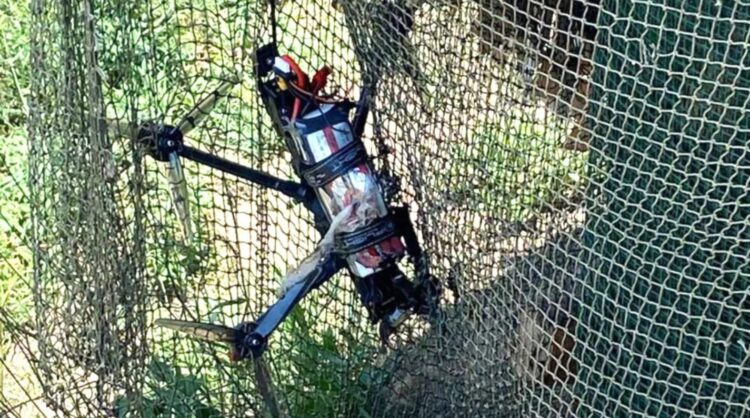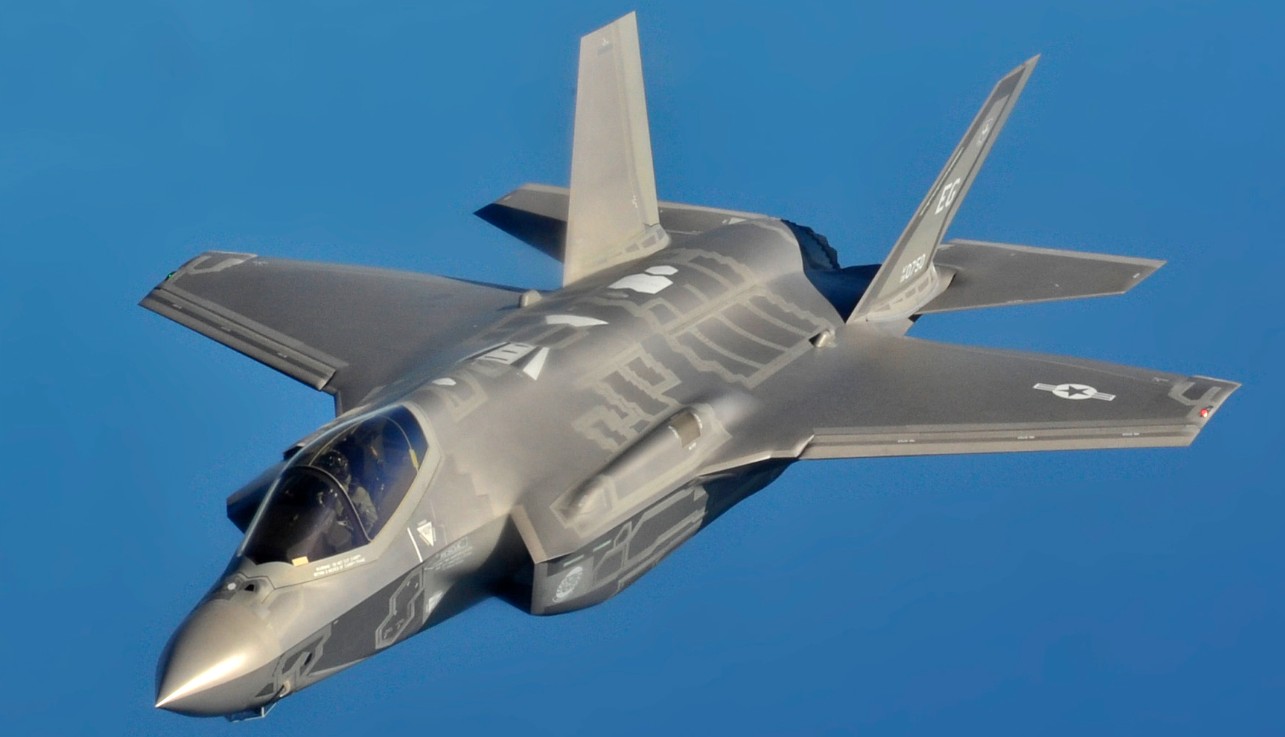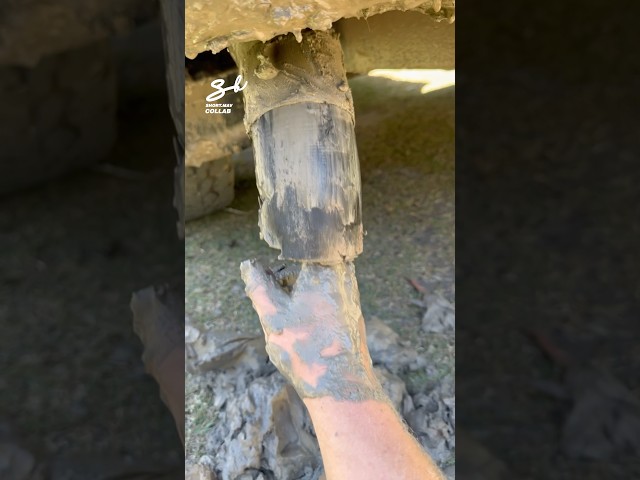In modern warfare, the use of drones has become increasingly prevalent, posing a significant threat on the battlefield. They offer advantages such as reconnaissance, precision attacks, and logistical support. However, the emergence of innovative anti-drone technologies is poised to change the game, with anti-drone nets leading the charge.
The Rise of Drone Warfare
Drones have revolutionized military strategies by providing capabilities that were previously difficult to achieve. Their ability to maneuver in hostile environments and conduct surveillance while remaining relatively undetected offers a strategic edge. Consequently, nations are investing heavily in developing both offensive and defensive drone technologies.
Challenges Posed by Drones
The ease of deployment and adaptability of drones present numerous challenges on the battlefield. They can conduct attacks on personnel, vehicles, and installations, inflicting damage without risking human soldiers. Drones can be difficult to detect and track, given their small size and ability to fly at low altitudes. As a result, finding effective countermeasures is imperative.
Innovation in Defense: Anti-Drone Nets
To address the growing threat of drones, militaries and security firms are developing a variety of counter-drone systems. Anti-drone nets are among the simplest yet most effective solutions. These nets are specifically designed to intercept and neutralize drones by ensnaring them mid-flight, rendering them immobile.
How Anti-Drone Nets Work
Anti-drone nets can be deployed in various ways, such as being launched by a gun or deployed by another drone. Upon reaching the targeted area, the net expands and captures the drone, preventing it from continuing its mission. Some variations come with parachutes to ensure that the captured drone descends safely, reducing the risk of collateral damage.
Benefits of Using Anti-Drone Nets
Anti-drone nets offer several benefits over traditional countermeasures:
- Cost-Effectiveness: Compared to expensive electronic jamming systems or laser-based solutions, nets are relatively inexpensive, making them accessible for widespread use.
- Minimal Collateral Damage: The non-destructive nature of capturing drones in nets reduces the likelihood of accidental damage during engagements.
- Flexibility: Nets can be designed to accommodate various sizes of drones, making them versatile for different operational needs.
- Simplicity: Their straightforward deployment mechanisms allow for quick and easy use, making them practical for various field conditions.
Specifications Table
| Feature | Description |
|---|---|
| Material | High-strength polymer fibers |
| Deployment Method | Gun-launched or drone-deployed |
| Range | Variable based on deployment method |
| Tactical Usability | Effective against small to medium UAVs |
| Recovery System | Optional parachute for safe descent |
Integration into Existing Defense Systems
Anti-drone nets can be seamlessly integrated into existing defense infrastructures. They can be mounted on military vehicles, positioned around sensitive installations, or even carried by patrol units for rapid deployment. Their adaptability complements other countermeasures like radar systems and electronic warfare solutions, creating a comprehensive defense strategy against drone threats.
Real-World Applications and Effectiveness
The effectiveness of anti-drone nets has been demonstrated in various real-world scenarios. Notably, security forces at major public events have employed nets to secure airspace against unauthorized drones. In military exercises, these systems have successfully neutralized drones during simulated attacks, proving their reliability and practicality.
Challenges and Limitations
While anti-drone nets offer significant advantages, they are not without limitations. Their range is primarily limited by the deployment mechanism, and environmental conditions such as wind can affect their precision. Additionally, advanced drones equipped with evasion technology may pose a challenge, necessitating further advancements in net technologies.
The Future of Anti-Drone Solutions
The development of anti-drone nets is an encouraging step towards addressing aerial threats. However, as drone technology continues to advance, so too must countermeasure strategies. Continued research and innovation are essential to refining these systems, ensuring they remain effective against evolving threats.
In conclusion, anti-drone nets represent a promising solution in the evolving landscape of drone warfare. Their simplicity, effectiveness, and adaptability make them a valuable asset for militaries and security agencies worldwide, providing an essential layer of protection against unmanned aerial threats.









